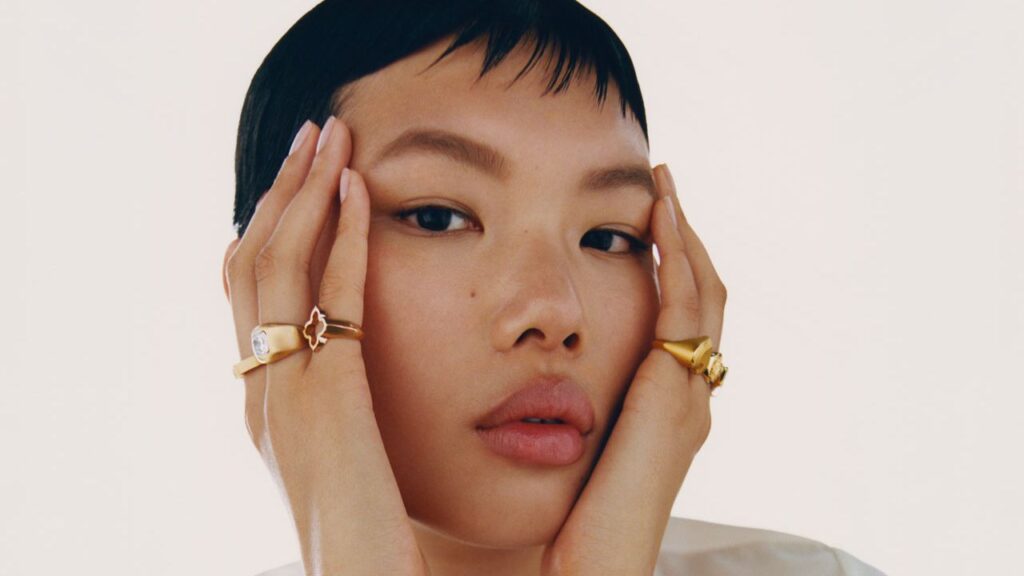In an era where personal health and wellness are becoming top priorities, the Oura ring has emerged as a popular accessory among fitness enthusiasts and everyday users alike. No longer is the focus solely on engagement rings; now, the question is whether someone is a member of the Oura ring community. A diverse group including celebrities like Gwyneth Paltrow and Prince Harry has embraced this sleek, unobtrusive device that has significantly impacted the realm of health tracking. For me, after wearing it consistently for a couple of years, the Oura ring has become an indispensable part of my daily life, generating genuine intrigue when people inquire, “Are they worth it?” My answer is a hearty yes; the benefits I’ve experienced affirm its value.
So, what exactly is the Oura ring? Encasing advanced technology within its titanium-plated exterior, the Oura serves as a comprehensive health tracker. It monitors over 20 health metrics, which it streams via Bluetooth to a dedicated app. This app allows users to see real-time results and provides insights into areas for improvement. Additionally, it tracks trends over time rather than merely offering a snapshot of daily activity. While the latest iteration of the ring is the Gen 4, my experiences primarily stem from the Gen 3 model, which, despite its age, shares most functionalities with its successor. The newer version boasts enhanced sensors and a longer battery life, but the core features and health-tracking abilities remain largely consistent.
One of the standout features of the Oura ring is its sleep tracking capability. Unlike other devices that may disrupt your sleep cycle, the Oura ring quietly observes your restfulness and the quality of your slumber without any interference. It provides detailed insights into various sleep stages, including REM and deep sleep, while also analyzing vital metrics such as heart rate and heart rate variability during the night. When results are favorable, I see a sea of blue on my app; when they aren’t, the red lines serve as a timely reminder that I need to make adjustments to my sleep habits.
Another important metric the Oura ring delves into is heart rate variability (HRV), a critical indicator of overall health. HRV measures the time interval between successive heartbeats, and higher rates signify better adaptability to stressors, both physical and emotional. Personally, I find HRV to be a telling measure of my well-being—a drop in my HRV often indicates that I need to clean up my diet or incorporate more exercise into my routine, offering me a tangible gauge for my lifestyle choices.
Furthermore, the Oura ring simplifies menstrual cycle tracking by utilizing its temperature sensors to detect subtle changes in body temperature. This proactive feature allows it to predict upcoming periods and track ovulation cycles, providing insights into physical symptoms associated with different hormonal phases. It’s a convenient upgrade from traditional cycle-tracking apps and can even be beneficial for women looking to manage their health during pregnancy. For those interested in movement, the Oura ring automatically captures daily activity levels, from workouts to everyday tasks, although dedicated fitness aficionados may require additional workout-specific metrics that this ring doesn’t provide.
What I appreciate most about the Oura ring is its understated elegance—I can wear it confidently without drawing attention, unlike more obtrusive fitness trackers. It withstands water, making it a practical companion, and I enjoy the convenience of only charging it approximately once a week. In my conversations about the Oura, I always emphasize that it’s a worthwhile investment for those eager to enhance their well-being. Although no device is flawless, the Oura offers invaluable insights into my body’s responses to stress, recovery needs, and cardiovascular performance. The longer I use it, the more nuanced the data becomes, making it an ideal tool for introspection and proactive health management.

